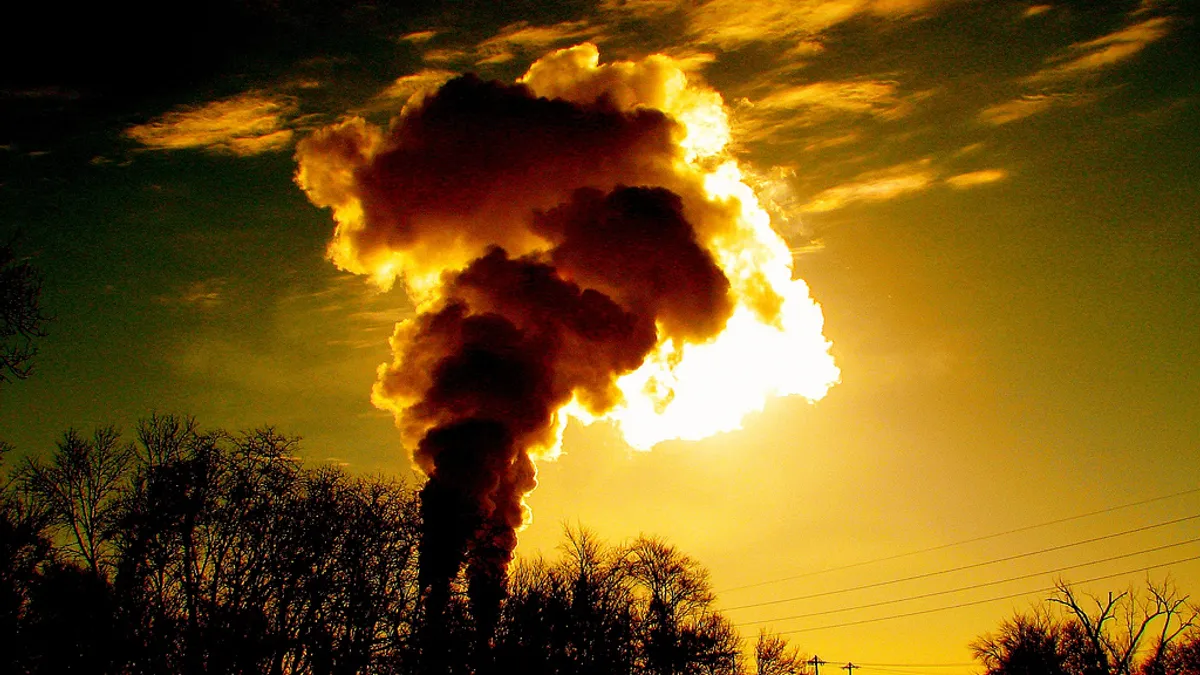Dive Brief:
- The power sector's demand for natural has spiked significantly above the five-year average in 2016, but analysts say rising prices will reverse some of that trend and open the door for more coal and renewable energy.
- According to S&P Global Platts, gas demand from the power sector was 4.8 billion cubic feet/d higher this year than normal. However, with gas prices poised to rise from $2.40/MMBu to $3.30/MMBtu the firm believes the fuel will lose about half of that bump.
- While natural gas is still expected to remain atop the generation rankings next year, higher prices will allow coal to regain some ground. According to the U.S. Energy Information Administration, gas will generate a third of the United States' power next year.
Dive Insight:
Power demand for natural gas and coal has done a zero-sum two-step in recent years, but according to Platts, it's now possible to see renewables cutting in. For the first nine months of this year, while coal generation share lost 4% it was made up by equal parts gas and carbon-free energy.
The pendulum is expected to shift back to coal next year, albeit slightly, and it remains to be seen what part of that shift renewables can snag. EIA expects coal will generate 31% of the country's power next year, compared with 30% this year. Gas will decline from 34% this year to about 33% in 2017. The agency says non-hydro renewables will generate 8% of electricity generation in 2016 and 9% in 2017.
Natural gas prices have been low for years, but that has led producers to cut back and created the conditions necessary for prices to rise. While gas has traded around $4/MMBtu to $5/MMBtu in the last five years, for more than a year a supply glut dropped those prices closer to $2/MMBtu.
The U.S. Energy Information Administration expects spot prices at the Henry Hub, a liquid gas trading point often used for price formation, to average more than 20% higher next year. Prices this year are averaging $2.51/MMBtu — the lowest in a decade — but the federal agency expects to see a 2017 average around $3.07/MMBtu.
In the near-term, however, EIA said coal will likely be the dominant fuel this winter.
In Octobe,r EIA data shows gas generated 3,197 thousand MWh/day versus 3,032 thousand MWh/day for coal. But EIA said those numbers likely flipped in November, and by January, coal will produce 3,889 thousand MWh/day to gas' 3,129 thousand MWh/day.















